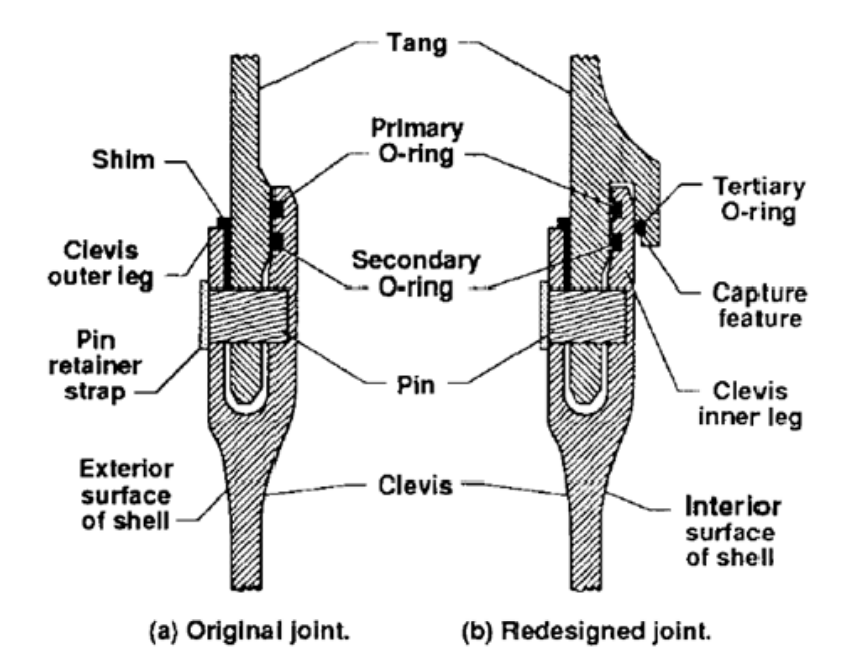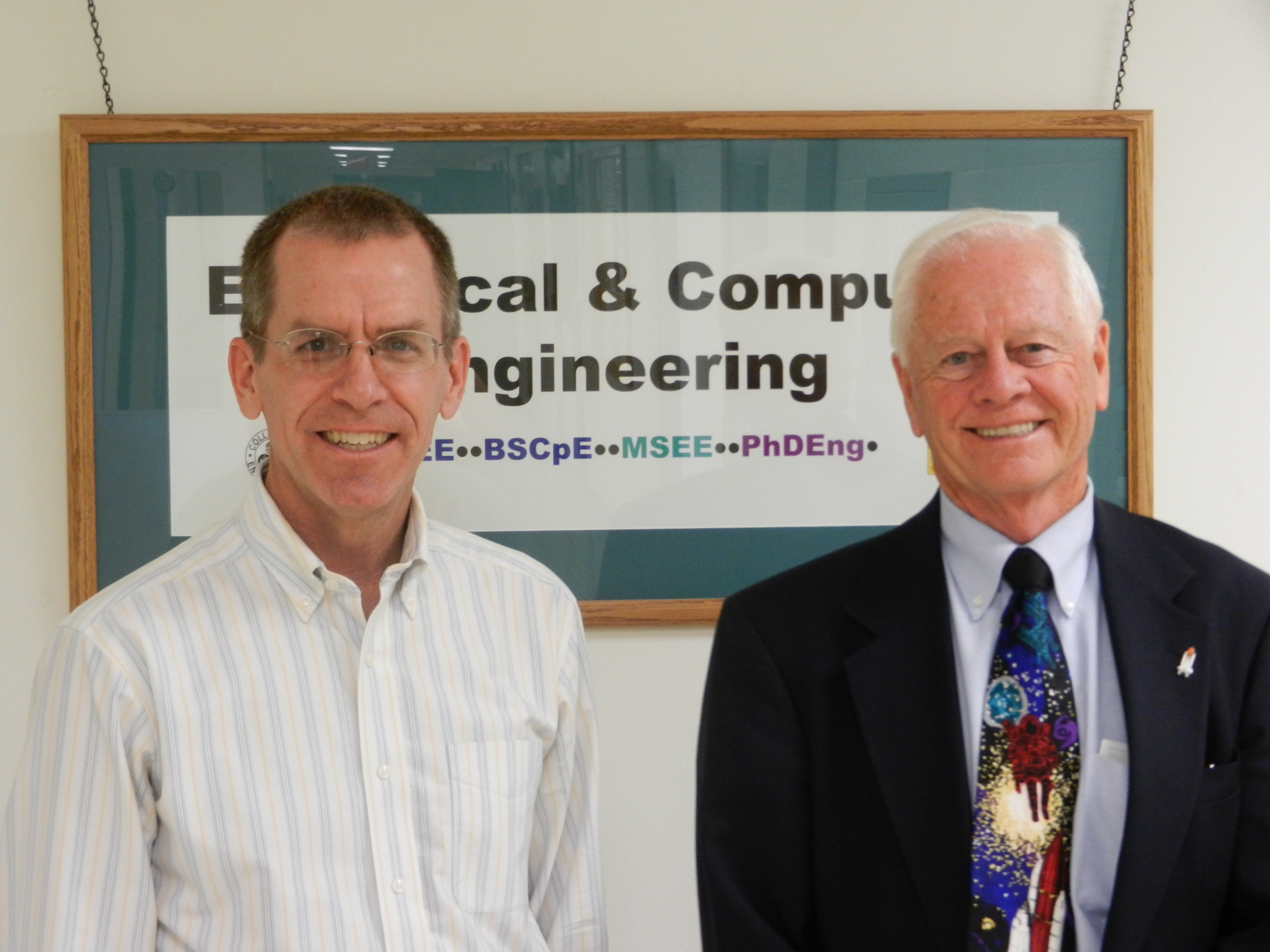EELE 487 SP19 Topics and Notes Summary
| DATE | COMMENT | |||||||||||||||||||||||||
|
Apr. 23 |
Last class meeting. Project presentations in class: teams 1, 4, 5 (all other students must also attend for Q&A) Section 1: Team 1: VW Diesel Emissions Scandal Section 2: Team 1: Florida International University Pedestrian Bridge Collapse Each team will submit a written summary report (one report per team, 2-3 pages, hardcopy) consisting of the following:
|
|||||||||||||||||||||||||
|
Apr. 16 |
Project presentations in class: teams 2, 3, 6 presentations (all other students must also attend for Q&A) Section 1: Team 2: Deep Water Horizons Catastrophe Section 2: Team 2: Pentium Chip Anomaly |
|||||||||||||||||||||||||
|
Apr. 9 |
Work on group projects (no regular class meeting, but all students need to show up for attendance check-in at the regular classroom) | |||||||||||||||||||||||||
|
Apr. 2 |
Discuss reading responses. Group project team assignments. For Section 1 (3:10-4:00PM)
|
|||||||||||||||||||||||||
|
Mar. 26 |
Computer Ethics
Be ready to discuss text problems 7.1 etc. Groups will be assigned for the final term projects (for presentation April 16 and April 23) The group project assignment will be for each group (approx. 4-6 students) to select one of the case study examples from the text and do additional research on the topic and background. I will assign members of each group (see list under April 2, above). Once the topic is chosen, each group will need to identify two or three key ethical considerations associated with their selected case study. The group presentations (15 minutes per group, including a few minutes for questions and discussion) will be held during class time on April 16 and April 23. Each team will also submit a written summary report (one report per team, 2-3 pages, hard copy), due on 4/23/2019. * * * For this week (3/26 - 4/2): reading response 3 For our third EELE 487 reading response on D2L, we will consider the MSU Student Code of Conduct. Address the following question statement, using SPECIFIC examples and themes from the readings and other sources. The response is to be 350-500 words: not too short but also not too long. Be careful to focus on your key claims: do not simply list your opinions, but back up what you claim with facts and evidence. A Code of Ethics is one means for a professional organization (such as IEEE) to inform and remind its members about ethical principles and practices. At MSU, the lengthy Student Conduct Code expresses our university's collective sense of what attributes constitute ethical action and responsibility by students. Even the lengthy Conduct Code cannot express every single possible behavioral and ethical problem, but the Code is intended to be a framework for proper behavior and due process. The IEEE Code of Ethics is quite short in comparison to the Student Code of Conduct. Both Codes tend to serve different purposes. Take a look at both "Codes," and consider the strengths and weaknesses of a short, succinct Code and a lengthy procedural Code. Describe how an engineering student might read and interpret these two different types of Codes of Conduct. All reading responses are due by 11:59PM on Monday, April 1, 2019. Remember, no late work is accepted. Between midnight on Monday and class time on Tuesday, April 2, please read as many of your classmates' responses as possible. Be ready to discuss the topics during class on Tuesday. |
|||||||||||||||||||||||||
|
Mar. 19 |
No class -- MSU Spring Break For spring break week (3/18-3/22) reading assignment: text, pages 124-134. |
|||||||||||||||||||||||||
|
Mar. 12 |
Rights and Responsibilities of Engineers Chapter 6 discussion. |
|||||||||||||||||||||||||
|
Mar. 5 |
Discuss reading responses and an engineer's sense of safety and risk balance. For this week, complete reading assignment: text, pages 103-120. Be ready to discuss text problems 6.1 - 6.16.
State of Montana Highways Year : Deaths/100M vehicle miles : Deaths ---------------- |
|||||||||||||||||||||||||
|
Feb. 26 |
Accidents, safety, and assessing risks Discuss in class the text problems 5.1, 5.13, and 5.22. 5.1: Think of some type of risky or unsafe behavior in which you have participated. What made it seem unsafe? Why did you do it anyway? What does this tell you about your role as an engineer? 5.13: [Valujet 592 accident] Should smoke and heat detectors have been installed in the cargo holds? Why do you think they weren't? 5.22: [Hyatt Regency walkway collapse] What responsibility does an engineer have for checking and ensuring that what is in the drawings is what actually goes into the building? Assigned for the coming week 2/26-3/5: read text pages 93-98. AND, for our second EELE 487 reading response on D2L, we will consider the use of mobile phone technology when driving a car. Address the following question statement using SPECIFIC examples and themes from the readings and other sources. The response is to be 350-500 words: not too short but also not too long. Be careful to focus on your key claims: do not simply list your opinions, but back up what you claim with facts and evidence. Increasingly, new cars are equipped with GPS technology and communications methods that allow the car to send and receive information to "the Cloud:" road surface traction, notification of accidents ahead, congestion and routing assistance, coordination with autonomous vehicles, and so forth. The vehicles could have features that enforce the local speed limit, and theoretically, the ability to report illegal turns and driving irregularities that indicate that the driver is intoxicated or falling asleep, and notifies the police. From your standpoint as an engineer, what do you consider the moral and ethical principles of designing technology that monitors the user and reports on suspected illegal behavior? Should public safety considerations be considered more important than individual choice and privacy when it comes to posted traffic laws? All reading responses are due by 11:59PM (midnight) on Monday, March 4, 2019. Remember, no late work is accepted.
Again, D2L reading responses due by midnight, Monday, March 4, 2019. |
|||||||||||||||||||||||||
|
Feb. 19 |
Ethical conflicts, bribes, and kickbacks. Discuss text problems 4.5, 4.9, and 4.12. 4.5: If there are potential, but not well-understood, hazards in building a product, what are the future consequences of doing nothing, i.e., of making no changes in the design? Will warnings to the consumer suffice to get the designer off the hook? Must the product be engineered to be totally safe at all costs? 4.9: Many of the studies researching cell phone safety have been funded by the cell phone industry. What are the ethical implications of this? 4.12: What should an engineer do in the face of competition from others who are willing to resort to bribery? Assigned for this coming week: Reading assignment: text, pages 74-88. Be ready to discuss in class the issues raised in the readings. |
|||||||||||||||||||||||||
|
Feb. 12 |
The Space Shuttle case study (conclusion). Begin discussion of Ethical Problems and Approaches Assigned for this week: Reading assignment: text, pages 63-73. Be ready to discuss in class the issues raised in the readings. |
|||||||||||||||||||||||||
|
Feb. 5 |
Guest lecture: MSU VOICE Center | |||||||||||||||||||||||||
|
Jan. 29 |
The Space Shuttle case study (introduction) For this week (1/30 - 2/6): D2L Reading Response For our initial EELE 487 reading response on D2L, we will consider an aspect of the Challenger space shuttle accident. Address the following question statement, using SPECIFIC examples and themes from the readings. The response is to be 350-500 words: not too short but also not too long. Be careful to focus on your key claims and views. Prior to the Challenger accident in January, 1986, the Thiokol engineers had observed O-ring erosion on several earlier shuttle flights dating back to the start of the program in 1980-81. They felt they had evidence and theoretical rationale that the problem was likely to be worse in cold weather, hence their recommendation that Challenger not be launched until the temperature was at least 53F. However, the NASA solid rocket project managers, particularly Larry Mulloy, insisted that without more direct evidence of cold weather issues, Thiokol was overly cautious and needed to go ahead and sign the launch authorization. Ultimately the senior Thiokol management did sign the authorization over the objections of the engineers. Following the accident the investigation revealed internal engineering memos among the Thiokol engineers and managers discussing the O-ring erosion that had been observed, but the NASA managers claimed that they had not been made aware of the seriousness of these observations, and that Thiokol must have downplayed the problem because they were worried about losing NASA contracts. The Thiokol engineers, on the other hand, said that NASA was so eager to keep the shuttle program on schedule that they basically ignored the warning signs. YOUR RESPONSE: When engaged in a complicated activity like launching and operating the Space Shuttle, engineers knew that there were going to be risks. Considering that the Thiokol engineers and the NASA management came to different conclusions about these risks with the Challenger launch decision: describe WHY you think the viewpoints differed so significantly in this case. Is it fair to blame NASA for going ahead with the launch, or is it fair to criticize Thiokol for allowing launches to continue with the known design flaw in the booster joints? All reading responses are due on D2L by midnight on Monday, February 4, 2019. Remember, no late work is accepted. On Tuesday before class, please read as many of your classmates' responses as possible. Be ready to discuss the topics during a future class period. Also for this week: Reading assignment: course text, pages 37-54. |
|||||||||||||||||||||||||
|
Jan. 22 |
Engineering and the environment: the case for lead-free solder For discussion on Jan. 29-- Reading assignment: text, pages 7-15. The Rogers Report (Report of the Presidential Commission on the Space Shuttle Challenger Accident) Read sections: Preface, Chapters 1-3.
(Prof. Maher and Allan J. McDonald, 2012) |
|||||||||||||||||||||||||
|
Jan. 15 |
First class meeting Roberts Hall Room 321. Course introduction and overview Reading assignment: text, pages 1-6, and handout links: EPA Lead-Free Solder Partnership Environmental Health: Lead in Electronics Impact of environmental regulations on green electronics manufacture
|
|||||||||||||||||||||||||


